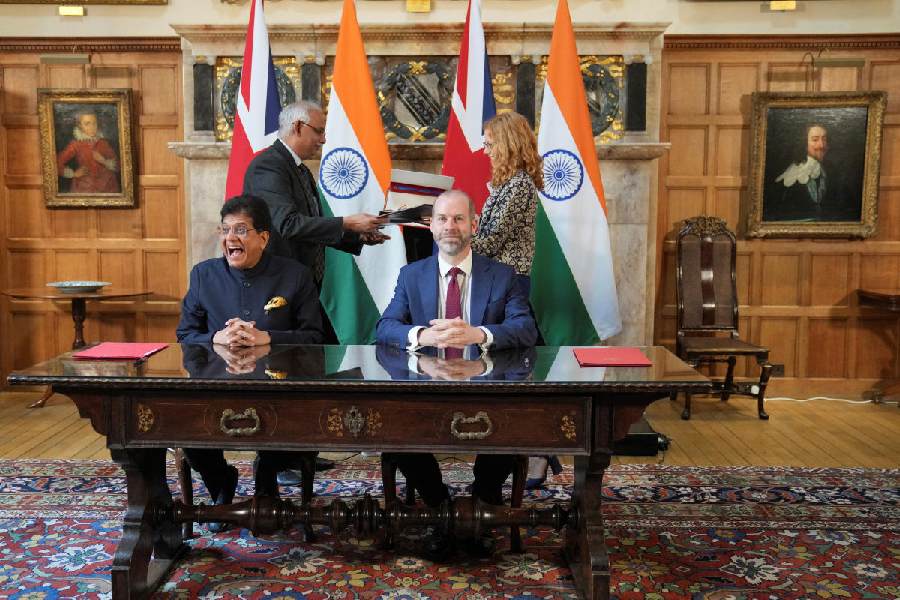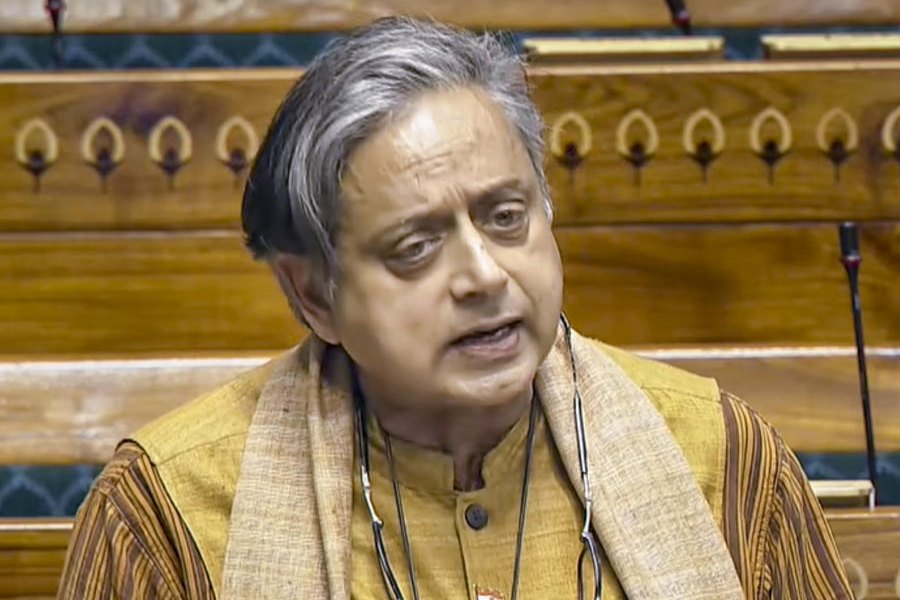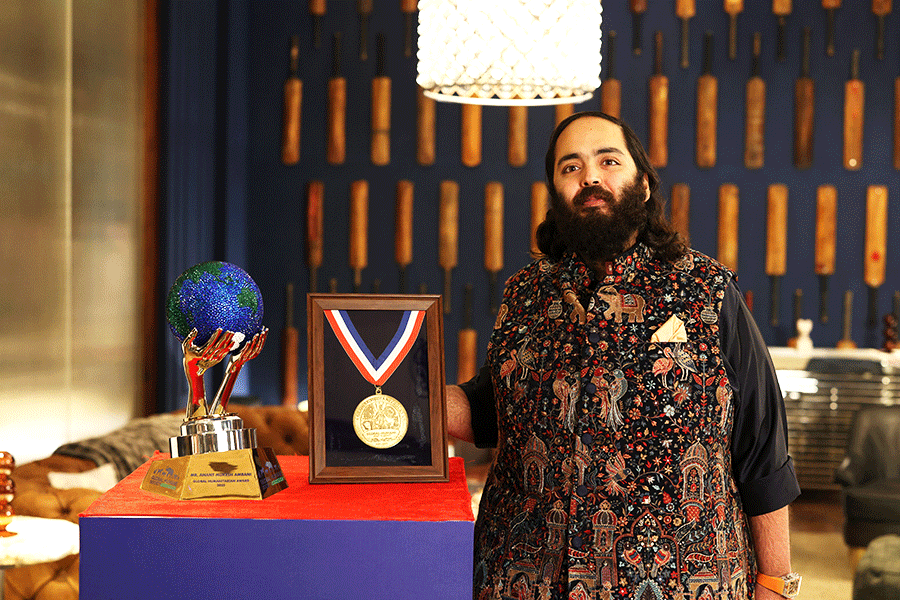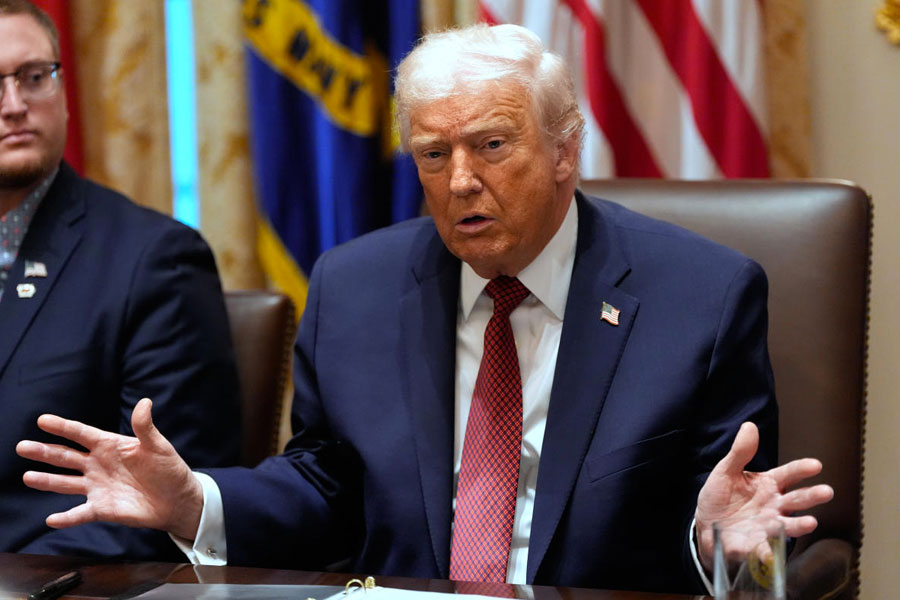India's gain
■ India-UK CETA to unlock $23 billion trade opportunities with duty-free access for additional $6.5 billion of Indian exports to the UK. Bilateral trade expected to double to $112 billion by 2030 from $54.5 billion
Agriculture
■ Duty-free access for fruits, vegetables, cereals, turmeric, pepper, cardamom, and processed foods like ready-to-eat meals, mango pulp, pickles, and pulses.
■ Agreement covers over 95% of agricultural and processed food tariff lines with zero duty.
■ New market opportunities for products such as jackfruit, millets, and organic herbs.
■ Agri exports may go up by 20% over the next 3 years.
■ No tariff concessions by India on UK dairy products, apples, oats, and edible oils.
Marine
■ The CETA to eliminate all UK tariffs on shrimp, tuna, fishmeal, and feeds, currently ranging from 4.2% to 8.5%
■ Provisions to streamline the process for Indian exporters to meet UK sanitary and phytosanitary standards.
■ India’s current share at 2.25% despite the UK’s $5.4 billion marine import bill.
Textiles
■ Zero-duty to 1,143 tariff lines to eliminate existing tariff disadvantages India faces against Bangladesh, Pakistan, and Cambodia, who already enjoyed duty-free access to the UK.
■ Removal of duty to boost export of ready-made garments, carpets and handicrafts
■ CETA may enable India to gain at least a 5% extra market share
Engineering
■ India’s engineering exports may double in the next five years, reaching over $7.5 billion by 2029-30.
■ Electric machinery, auto parts, industrial equipment, and construction machinery expected to see robust growth, with a projected 12.20% growth
Pharma
■ Indian generics to be more competitive in the UK, India’s largest pharmaceutical export destination in Europe.
■ Medical devices, surgical instruments, diagnostic equipment, ECG machines, and X-Ray systems will attract no duty.
■ UK’s imports stood at $30 billion, while Indian pharma accounted for less than $1 billion, indicating scope for expansion.
Leather and footwear
■ CETA to benefit India’s leather and footwear sector by eliminating 16 per cent tariffs, with additional 5 per cent market share within 1-2 years, with exports expected to exceed $900 million.
■ Provisions for Geographical Indication (GI) protection for unique Indian products and simplified standards to ease market access and strengthen the value of Indian goods.
Others
■ Duty-free access to Indian instant coffee enabling competition with Germany, Spain, and the Netherlands.
■ Reduced tariffs and streamlined procedures for oilseed
■ Duty-free access for plastic products to boost export of films, sheets, pipes, packaging, tableware, and kitchenware. May reach $186.97 million within the next 5 years.
■ CETA to aid a 30-40% increase in India’s chemical exports to the UK, estimated at $650-750 million in 2025-26.
■ Sports goods and toys to benefit from eliminating import duties, making them competitive compared to China or Vietnam
■ Tariff relaxations under CETA projected to double India’s gems and Jewellery exports to the UK within the next 2-3 years. India’s total gems and jewellery exports to the UK are valued at $941 million
Services
■ Indian companies operating in the UK exempted to make social security contributions for up to 3 years for Indian employees under the Double Contribution Convention. To benefit over 75,000 workers and over 900 employers
■ CETA eases mobility for Indian professionals, including contractual service suppliers and independent skilled professionals such as yoga instructors, classical musicians, and chefs.
UK’s gain
■ Whisky producers to benefit as tariffs slashed from 150 % to 75% now and then further to 40% over the next 10 years.
■ India lowered the current 100%+ customs duty to 10% over 15 years, within a quota starting at 10,000 units and rising to 19,000 in year 5. For mid-sized cars, a 50% in-quota duty applies initially, falling to 10% by year 5. Small cars follow a similar tariff reduction path.
■ These in-quota vehicles enjoy sharply reduced duties, while out-of-quota imports still face tariffs ranging from 95% to 50%, depending on vehicle size and year.
■ UK’s manufacturing sectors to benefit from tariffs cut by India on aerospace (as high as 11 % reduced to zero) and electrical machinery (from up to 22 % down to either zero or 50 % reduction).
■ India’s average tariff on UK products to drop from 15% to 3% making soft drinks and cosmetics to cars and medical devices easier to sell to the Indian market.
■ UK expects nearly £6 billion in new investment and export, which will create over 2,200 British jobs.
■ UK suppliers granted access in the government procurement from central ministries and government










